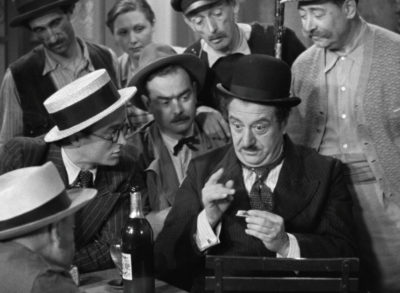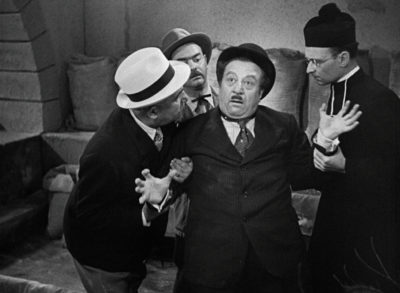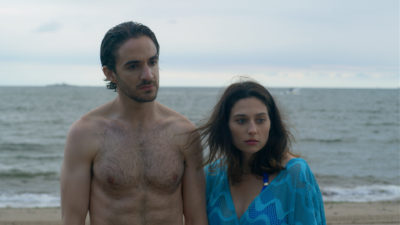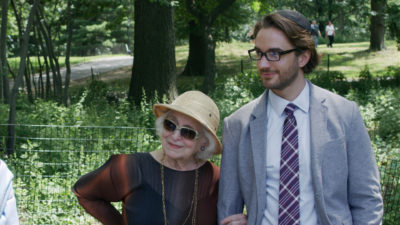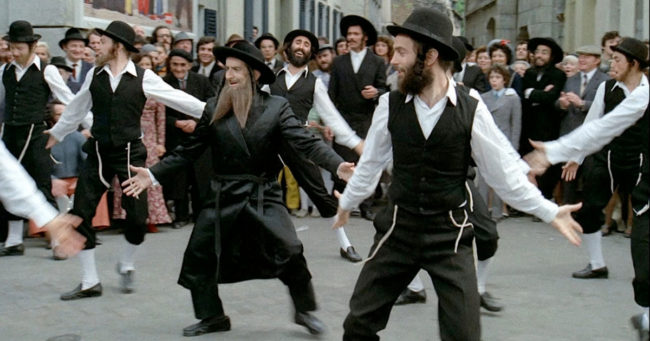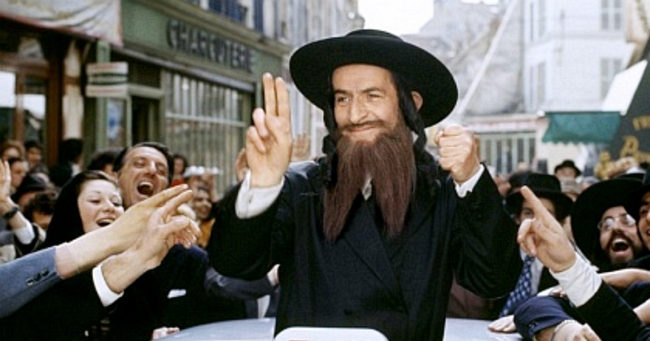Laemmle’s Art in the Arthouse proudly presents THE PASADENA ART SHOW 2019. Please join us as we celebrate our local artists in an intimate theatre setting. Our special event features a slideshow on the big screen, artist talks, and of course refreshments. Meet the artists and stay for the bagels, mimosas and conversation Art in the Arthouse is known for. Sales benefit the Laemmle Foundation and its support of humanitarian and environmental causes in the Los Angeles region.

About the Exhibit
Our annual community exhibit is a powerful collective voice emerging from individual expression – celebrating art-making through a communal creative vibration. This show encourages an engaged visual conversation between artists and moviegoers. In photography, painting and digital imagery, we discover surreal gardens, humans embracing, light and water, the human condition and the nature of space and bloom. These atmospheric elements act as a coalescing force. Many of the nineteen works presented explore themes in a nuanced fashion, creating shadows, tones and an array of dramatic environments. A large scale of song and fury prevails. Art that one creates, must move. While two-dimensional images stand still, stillness moves its viewers. Technical rigor is important, but passion and sensitivity is sought and found. Art patrons often search for messages articulated in specific languages. All of our creatives successfully hit this mark. Thanks to our artists and to producer Lynn Chang for once again transforming our halls into a magnificent gallery.
-Joshua Elias, Curator
Artist Reception:
Laemmle Playhouse 7
Sunday June 30, 11-1pm
Refreshments will be provided
RSVP here
This is a Free Event


